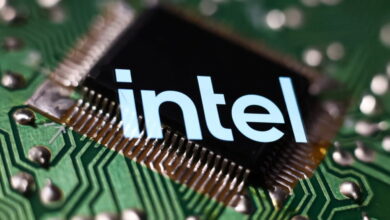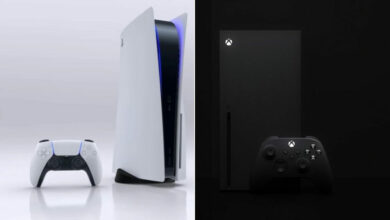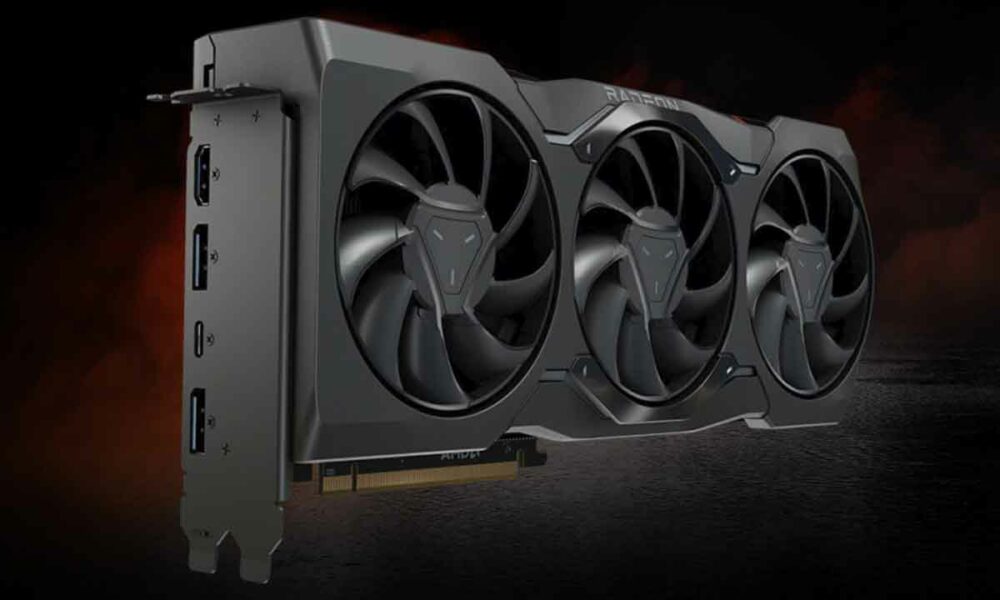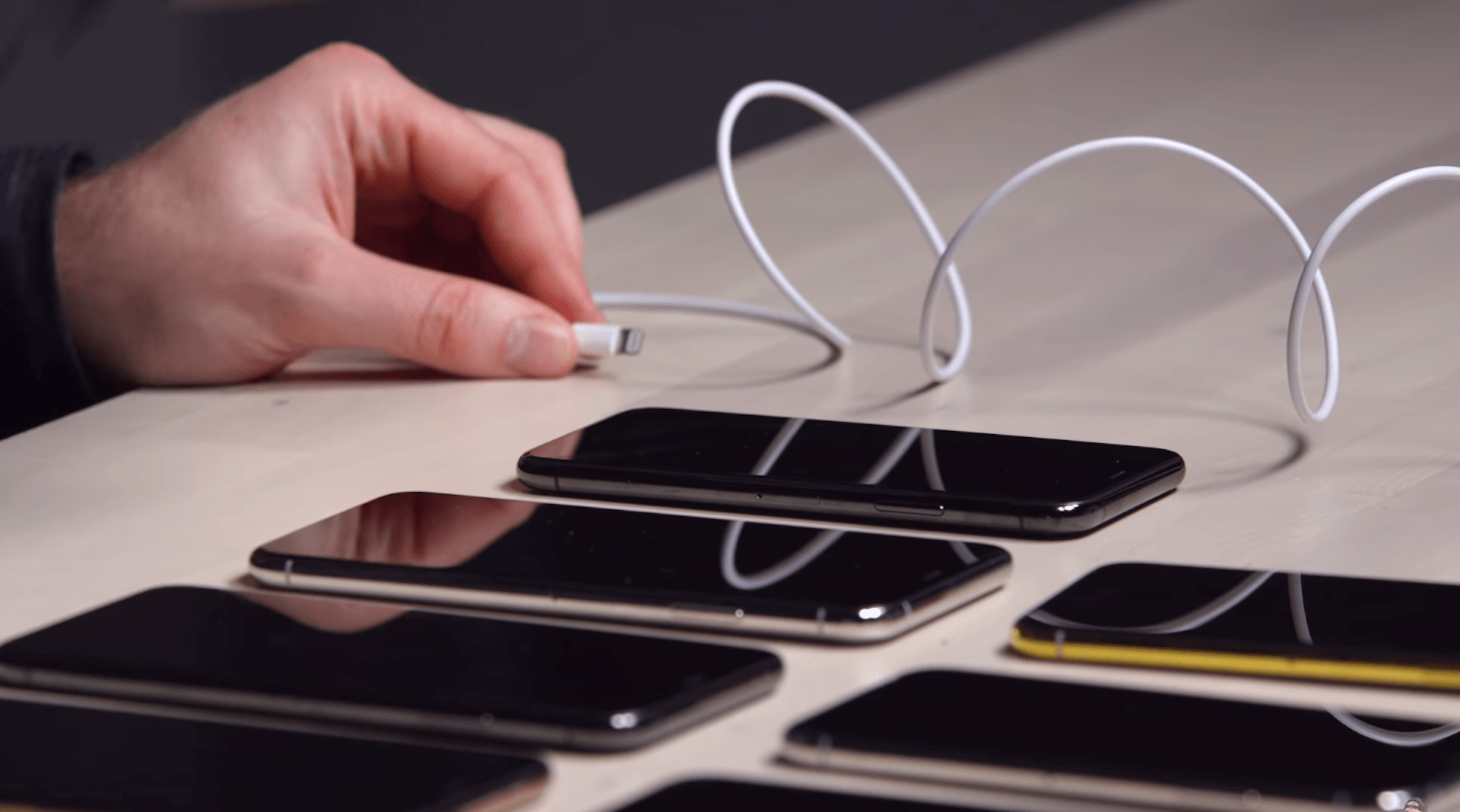
To charge your smartphone properly and preserve its battery as much as possible, it is useful to know a few basic tips. The myths surrounding our phone batteries do indeed die hard.
The battery of our smartphones is one of the most critical components. Despite advances in almost all mobile areas, autonomy issues remain one of the major concerns of any smartphone owner.
Fast charging, external batteries and a whole host of other accessories promise to put an end to the anxiety of running out of fuel. But are all these charging technologies good to take? We take stock of how to properly charge your smartphone.
Choose the right charger
Today, most of our smartphones are able to exchange intelligently with their charger to optimize the recharging phase. But not all phone chargers are created equal. Some poorly constructed charging bricks and cables can damage your phone.
Ideally, you should use the charger supplied with your phone if the manufacturer offers one. These accessories are tested by the manufacturers and meet strict compatibility and safety criteria. So do not buy any cheap charger on the web and prefer well-known brands.
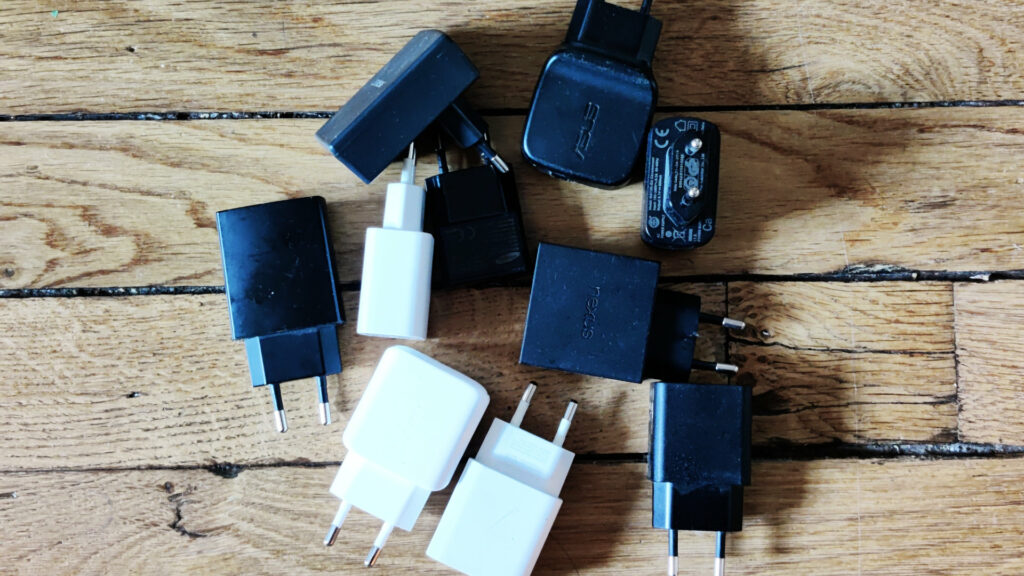
As for the charging bricks, the Anker brand offers many accessories with USB-A or USB-C sockets. The Belkin brand also enjoys a good reputation and markets chargers capable of charging two devices at the same time. The manufacturer also sells gallium nitride chargers around € 40.
The importance of cables
The other part of the equation after the charger is obviously the cable. And here again, you have to be a little careful about what you use.
For iPhones: MFI certification
For Apple devices, you can trust the MFI certification which ensures optimal compatibility with Apple mobile devices. We find models of this type at Anker (14 euros) or AmazonBasics (12 euros).
If you are unsure whether the cable you are using is certified or not, the manufacturer details on a dedicated page some clues that can help you sort your cables.
The USB-C problem
As for Android smartphones, charging by USB-C has become the norm today. Despite its nickname of “universal” charger, not all USB-C cables and chargers are created equal.
In particular, “standard” USB cables (USB-A) on one side and USB-C on the other can cause problems since the two standards do not always negotiate charging power in the same way. As a result, USB-C may require more power than USB-A is capable of delivering and you could damage your charger or even your mobile. The problem may arise whether you are connected to a wall charger, an external battery, or your computer’s USB port.
Always prefer well-known brand USB-C / USB-C cables for your Android smartphones. We recommend those marketed by Apple (30 euros) or Belkin again (13 euros).
Use fast charging carefully
For years now, most smartphone manufacturers have offered “fast charging” accessories that can give your battery a boost in just a few minutes. While the technology itself is absolutely safe, there are a few things to keep in mind to use it properly.
These fast chargers, which are capable of delivering 15 to 100 watts today, were designed for short charging sessions. Their goal is to send a maximum of power very quickly to increase your percentages in a few minutes.
While a whole bunch of mechanisms have been put in place to prevent this high power from damaging the battery, the heat generated by these chargers can still be harmful in the long run.
Heat, the enemy of batteries
More generally, our Lithium-ion batteries hate extreme heat. This is due to the very structure of the component. The electrolyte, which allows the transfer of the ions necessary for charging, can be damaged under too much heat and reduce the capacity of your battery.
It is therefore best to use fast chargers when you have little time in front of you and less powerful chargers during long recharging phases (at night for example). Beyond these limits, you don’t risk much with fast chargers, you can quite use your computer USB-C charger for your phone, the power delivered will be adapted and will not burn out your smartphone.
For a serene fast charge, you can turn to Qualcomm’s QuickCharge certified chargers or even go up to 65 Watts of power with an Essential B model at 39.99 euros.
Avoid 0% or 100%
As we have already explained, the ideal state of charge of your smartphone is between 20% and 80%. Going below or beyond it may slightly damage your battery. This is due to the increase in resistance of the cell that occurs during the discharge or full charge of a mobile. This can cause heating which is harmful to the battery.
It is always better to charge one time during the day than once during the night to avoid subjecting the battery to too much heat, but this is not necessarily the most practical. Most smartphones are additionally equipped with protection mechanisms that prevent “overcharging” when the battery reaches 100%.
The old myth of a battery that needs to be fully discharged to be “calibrated” effectively actually comes from another era. Before using Lithium batteries, some gadgets used nickel metal hydride batteries which needed a full charge and discharge cycle to get an accurate estimate of their capacities.
Avoid (over) using it while charging
The final tip to avoid draining your battery too quickly is to avoid using your phone while it’s charging. If you play games or watch a video while your smartphone is plugged in, you risk adding CPU heat to the load and causing your components to heat up.
What about wireless charging?
Having become quite widespread since Apple converted to it, wireless charging does not degrade the quality of your battery. A wireless charger will inevitably produce a little heat, just like its wired cousins, but will not damage your smartphone.
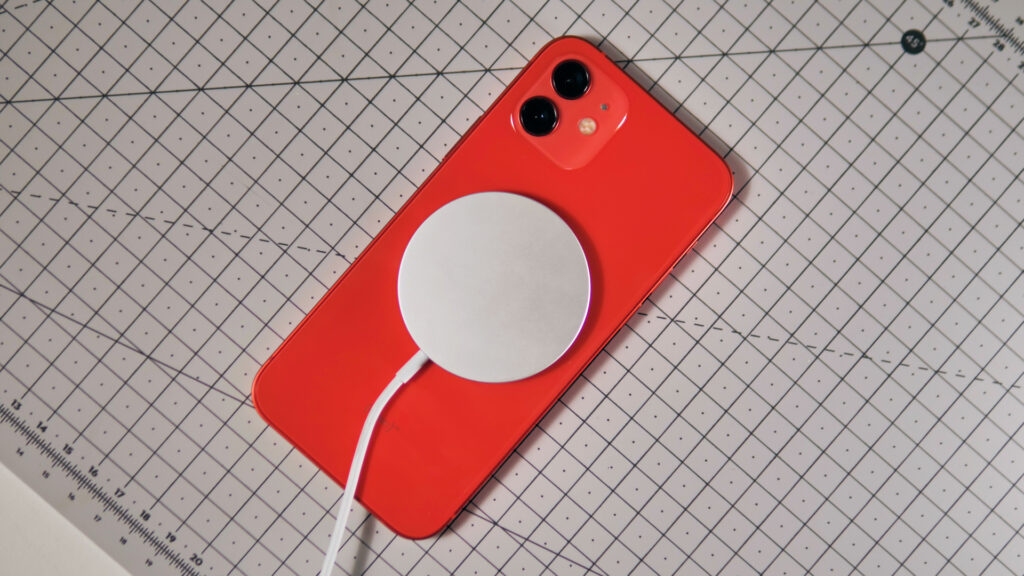
On the other hand, at equivalent power, a wireless charger will consume slightly more than a wired charger. This is due, among other things, to the inherent loss of the inductive charge which makes less direct contact with the battery. The charge will also be slower.
If you are still looking for a wireless charger to simplify your life, Belkin offers a 10 watt model (sold 17.50 euros) while Anker sells his at 24 euros. If you have an iPhone, your best bet will probably be the $ 45 MagSafe charger.
